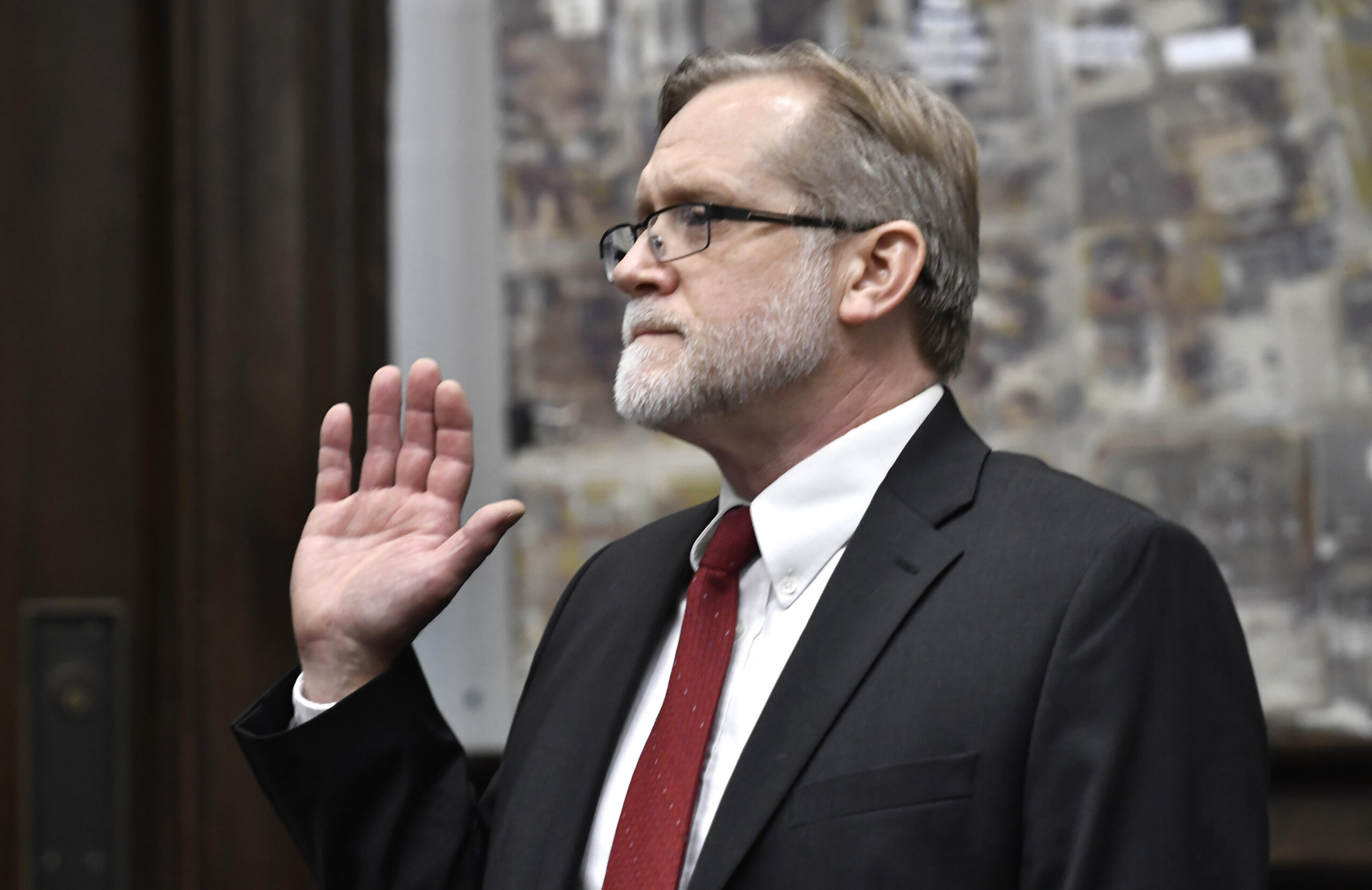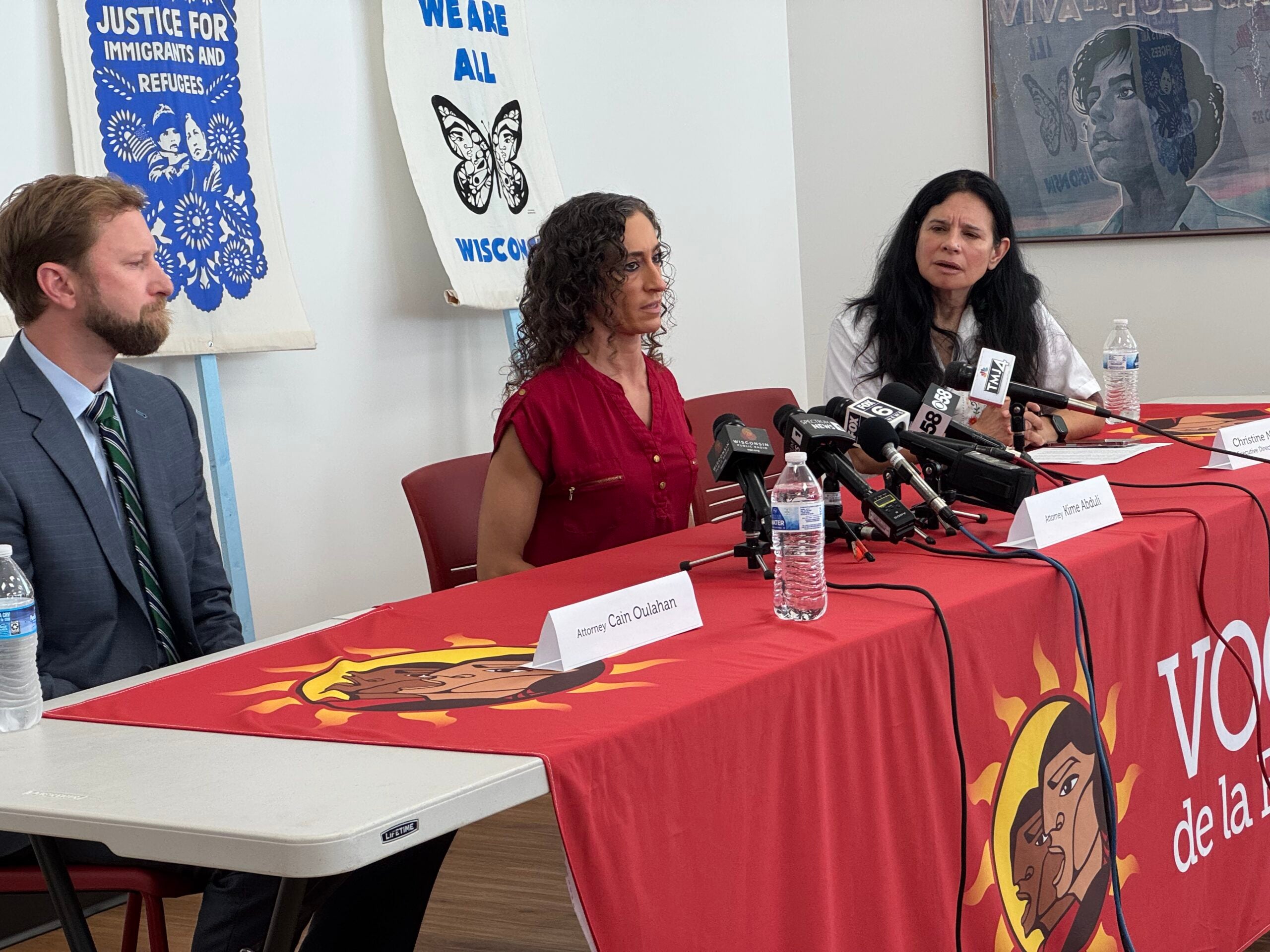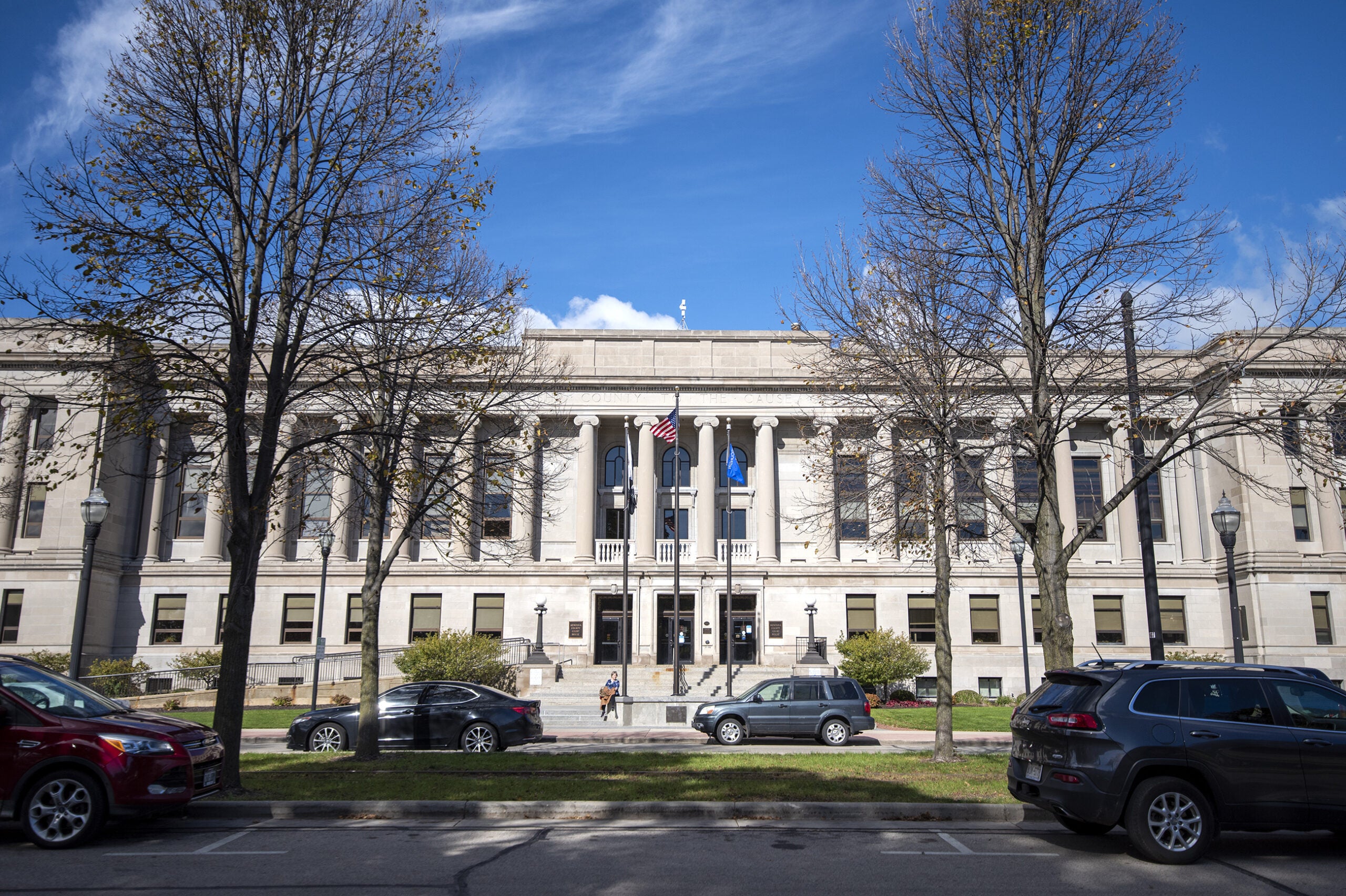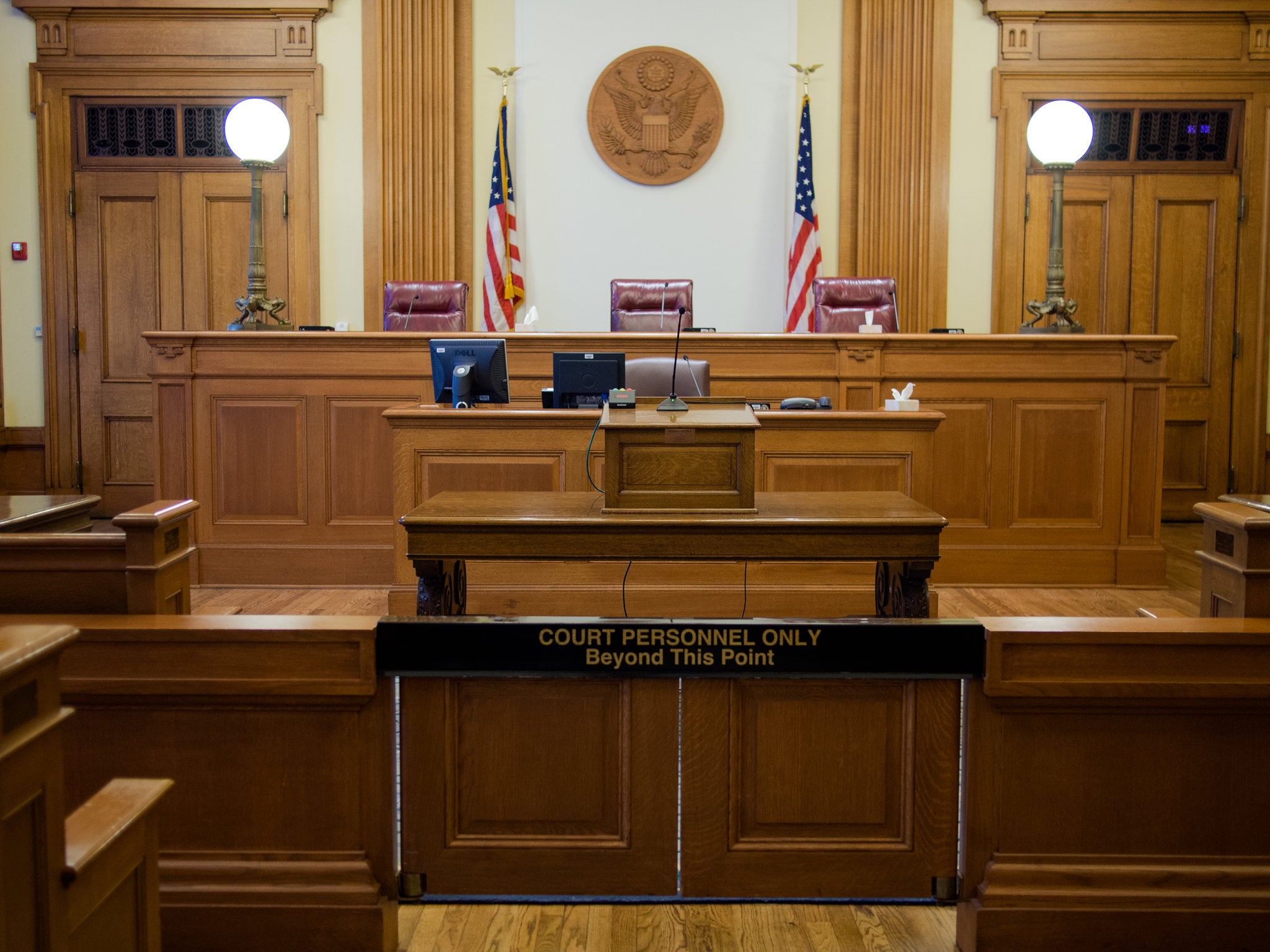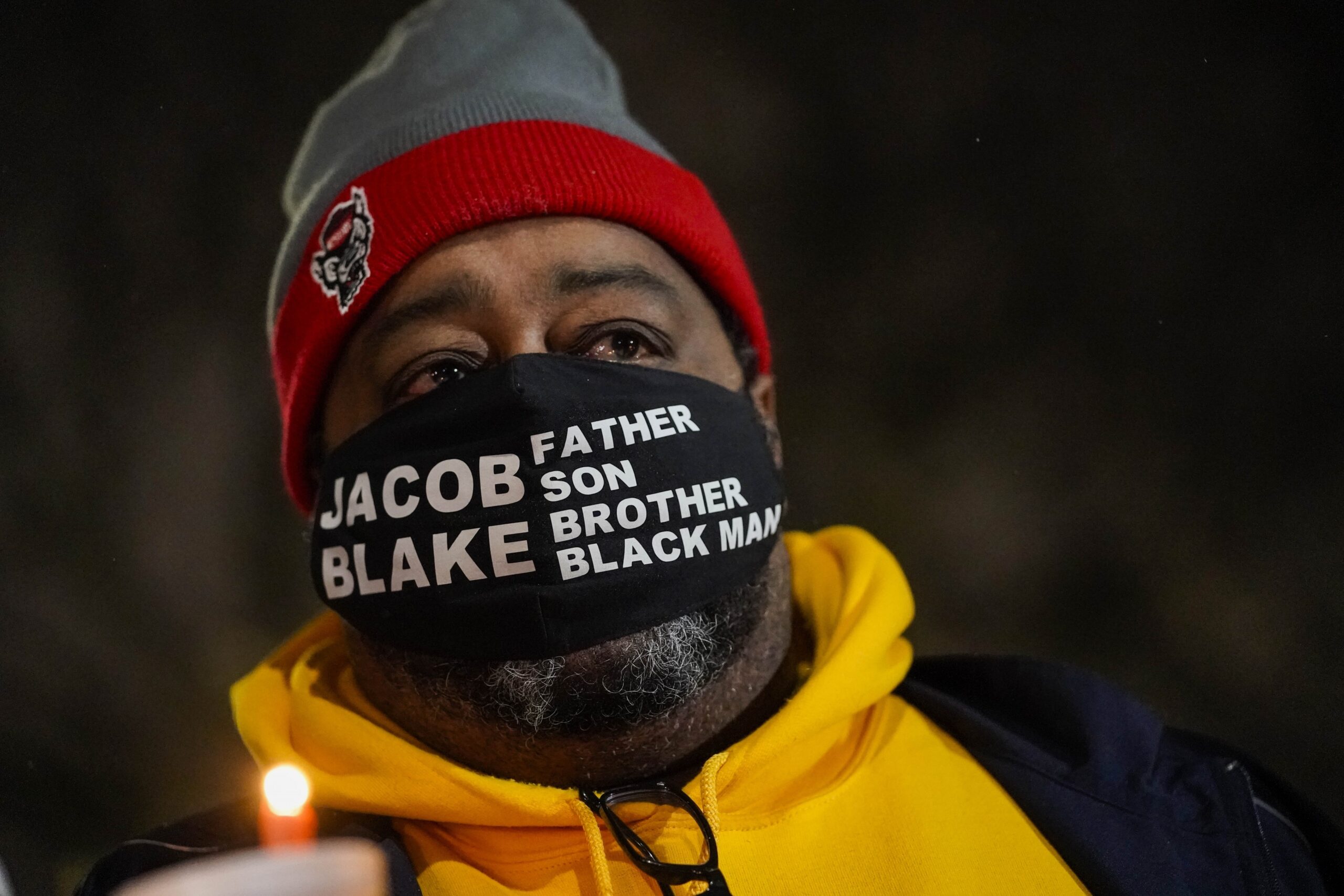The medical examiner who performed autopsies on the two men shot and killed by Kyle Rittenhouse in Kenosha testified Tuesday in Rittenhouse’s murder trial, detailing their fatal injuries for jurors.
Doug Kelley, deputy chief medical examiner for Milwaukee County, conducted the official autopsies for Joseph Rosenbaum, 36, and Anthony Huber, 26. Rittenhouse killed both men during a night of chaotic protests Aug. 25, 2020.
Kelley testified Tuesday that Huber died from a single gunshot wound to his chest that caused blood loss and extensive trauma to his heart and lungs.
News with a little more humanity
WPR’s “Wisconsin Today” newsletter keeps you connected to the state you love without feeling overwhelmed. No paywall. No agenda. No corporate filter.
Meanwhile, Rosenbaum suffered multiple gunshot wounds, Kelley said, including to his groin, hand, thigh and back. Kelley testified the gunshot wound to Rosenbaum’s back was the lethal injury, with the bullet hitting his lungs and liver. The wound to Rosenbaum’s back could prove significant as Rittenhouse’s defense team is expected to argue Rittenhouse was acting in self defense.
During cross-examination, Rittenhouse’s attorney, Mark Richards, asked Kelley if Rosenbaum’s hand was over the barrel of Rittenhouse’s AR-15-style rifle when he was first shot.
Kelley said that “makes sense.”
Kelley also confirmed Rosenbaum was falling forward, not walking away, when he was shot in the back by Rittenhouse — an important detail as the defense tries to prove Rittenhouse was not chasing Rosenbaum or that Rittenhouse was not shooting as Rosenbaum was fleeing.
The testimony was accompanied by graphic photos of the fatal injuries shown to the jury, including a gunshot wound to Rosenbaum’s head and a bullet hole in his back. Rittenhouse turned away or looked down during the testimony, but at one point he appeared to look over at jurors as they viewed the autopsy photos. Jurors appeared to be taking extensive notes when the pathologist was testifying and explaining the fatal wounds.
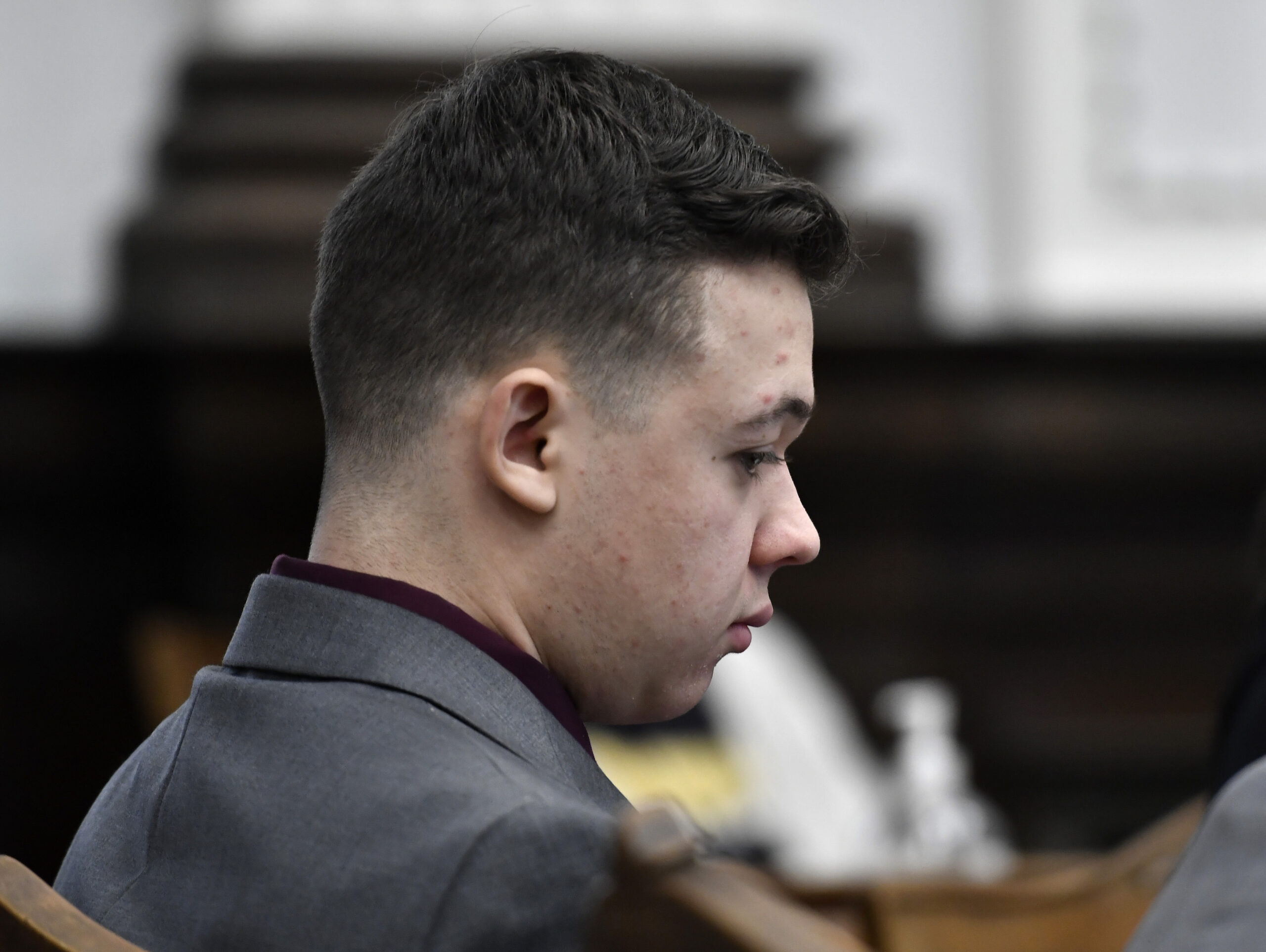
Rittenhouse, 18, faces multiple felony charges of homicide and recklessly endangering the safety of others, along with one misdemeanor count of possession of a dangerous weapon by a minor. He was 17 at the time of the shootings. If convicted, Rittenhouse could face life in prison.
Rittenhouse arrived in Kenosha on the third day of protests following the police shooting in August 2020 of Jacob Blake, a Black man who was left paralyzed. The protests turned destructive, with cars and buildings torched.
Blake was shot by Kenosha police on Aug. 23, 2020. The shooting sparked days of protests and looting in Kenosha’s downtown and uptown neighborhoods.
Rittenhouse traveled across the border from Illinois in response to a social-media call from a Kenosha-based militia group saying it hoped to protect businesses from protesters, Kenosha Police Detective Martin Howard testified during the trial’s first week.
Rittenhouse also shot and wounded another man, Gaige Grosskreutz. Grosskreutz testified Monday and shared his account of what happened two summers ago. He told the jury that he thought “I was going to die” when he encountered Rittenhouse and the two both had guns.
Kenosha County Assistant District Attorney Thomas Binger said the state intends to rest Tuesday.
The trial began last Monday, when 11 women and nine men were chosen to serve on the jury. Arguments began Tuesday. A juror was dismissed Thursday after making a joke to a law enforcement official about the police shooting of Blake, another juror was dismissed for health reasons. There are now 18 people on the jury. The trial is expected to last about two weeks, according to the court.
Wisconsin Public Radio, © Copyright 2026, Board of Regents of the University of Wisconsin System and Wisconsin Educational Communications Board.
